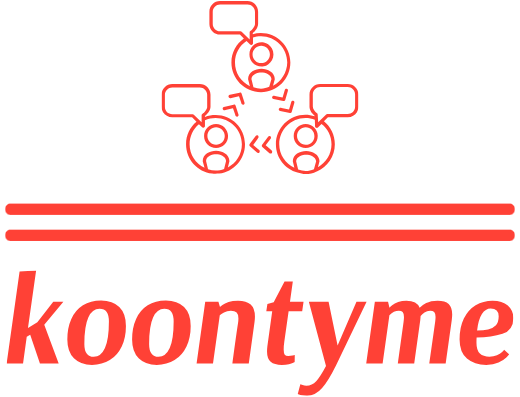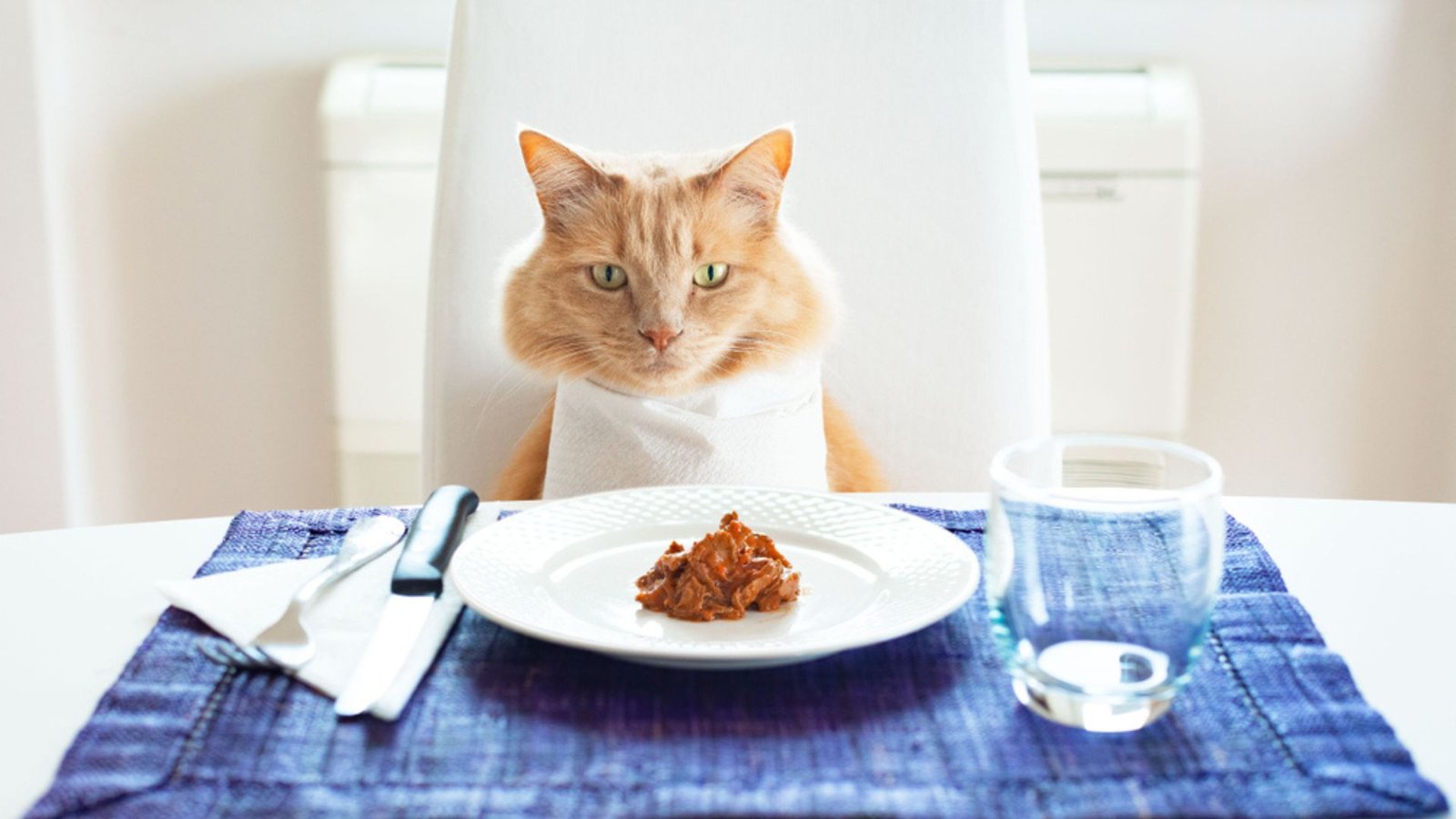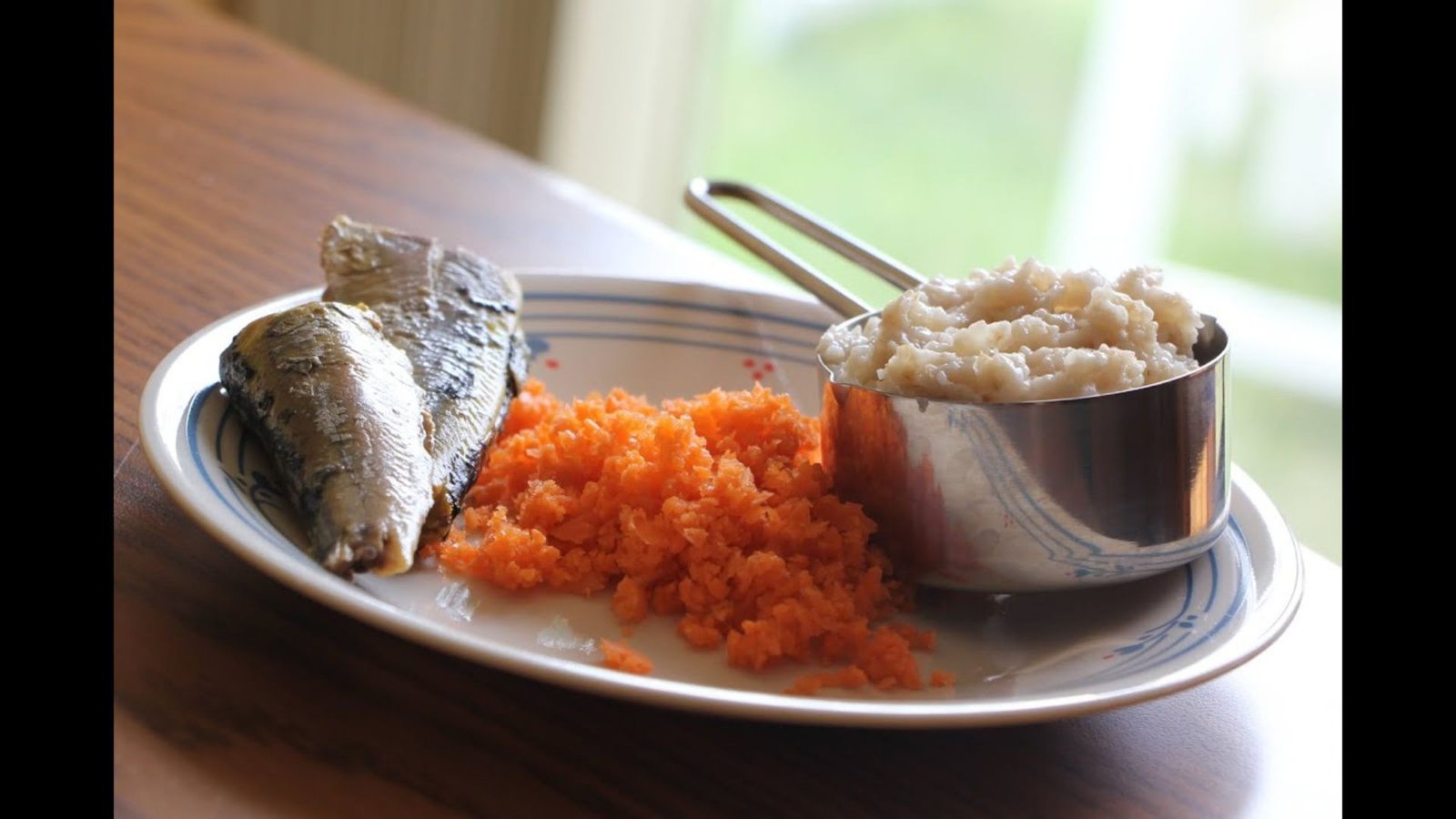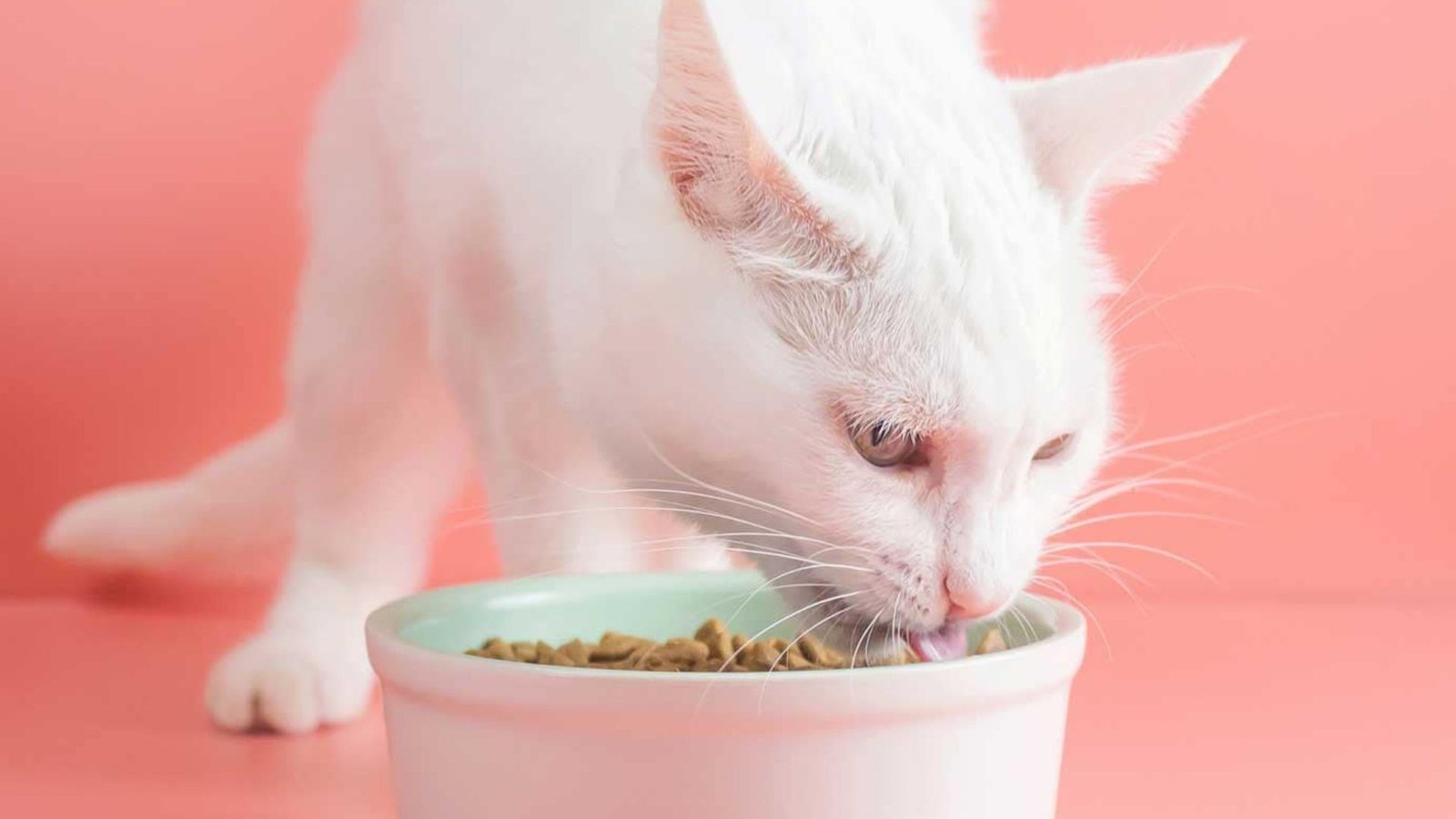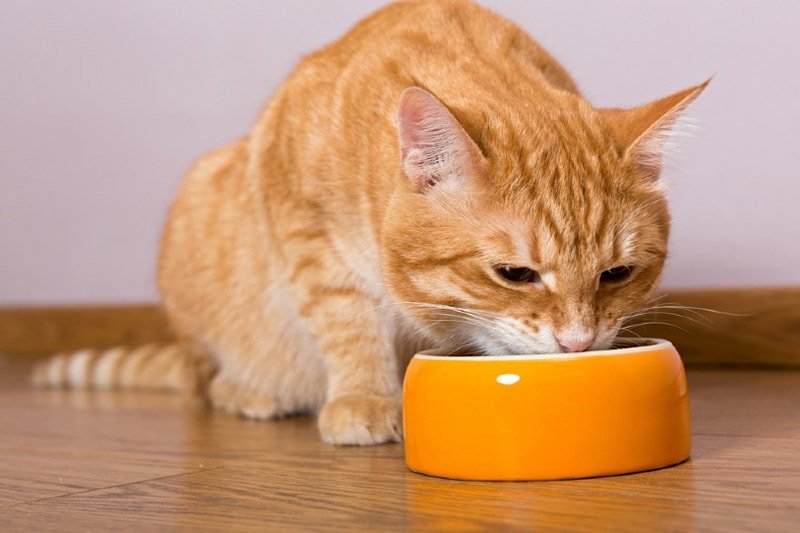Feeding your cat homemade food can be a tempting idea. After all, you want to provide the best for your pet, and homemade meals might seem like a great way to offer fresh, high-quality ingredients. But is homemade cat food really safe for cats? While homemade food can have many benefits, it’s important to understand both the advantages and the risks involved. In this article, we’ll discuss whether homemade cat food is safe and how to prepare it properly to ensure your cat stays healthy.
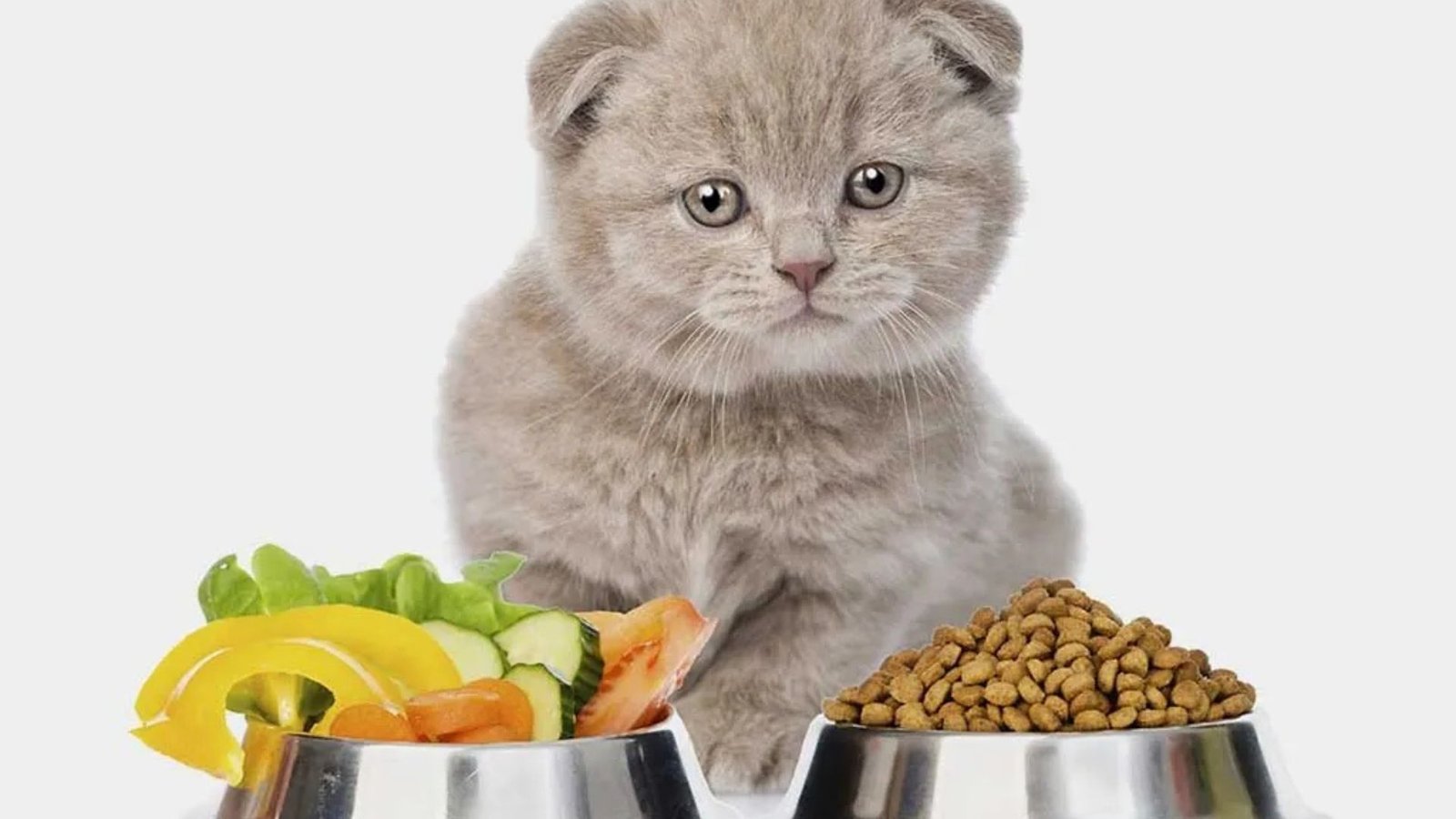
The Benefits of Homemade Cat Food
1. Control Over Ingredients
One of the main advantages of homemade cat food is that you have complete control over what your cat eats. Commercial cat food, whether wet or dry, often contains fillers, preservatives, and artificial ingredients that some cat owners prefer to avoid.
- Why It Helps: By making food at home, you can select high-quality, fresh ingredients that meet your cat’s specific dietary needs. You can avoid unwanted additives and allergens, which might be present in store-bought food.
- Customization: Homemade meals can be tailored to your cat’s age, size, and health condition, giving them a personalized diet.
2. Better Nutritional Value
When prepared correctly, homemade cat food can be nutrient-dense. You can include fresh meat, organs, and other essential nutrients that may be absent in processed foods.
- Why It Helps: High-quality proteins, healthy fats, and vitamins from fresh ingredients can promote better overall health, stronger muscles, and a shinier coat.
- Raw or Cooked: Some cat owners prefer raw homemade meals to mimic a cat’s natural diet, while others opt for cooked meals to avoid the risks of raw food. Both options can be healthy if done properly.
3. No Artificial Additives
Homemade cat food doesn’t contain artificial preservatives, colors, or flavorings. These additives can sometimes cause allergic reactions or digestive issues in cats.
- Why It Helps: Homemade food is made from whole, fresh ingredients, ensuring that your cat gets a cleaner diet without potentially harmful chemicals.
4. Supports Special Health Needs
If your cat has health issues, such as obesity, allergies, or kidney disease, homemade food allows you to provide a tailored diet that addresses these specific conditions.
- Why It Helps: For example, a veterinarian might recommend a low-protein or low-sodium diet for a cat with kidney disease. Homemade food makes it easier to follow these recommendations precisely.
Potential Risks of Homemade Cat Food
1. Nutritional Imbalances
The biggest concern with homemade cat food is the risk of nutritional imbalances. Cats have very specific dietary needs, and it can be challenging to provide a complete and balanced diet without the right knowledge.
- Why It’s a Problem: Cats need certain vitamins, amino acids (like taurine), and fatty acids that might be missing in a homemade diet if not properly balanced. Deficiencies in these essential nutrients can lead to serious health problems, such as heart issues, blindness, or a weakened immune system.
- The Solution: To avoid imbalances, you’ll need to follow a recipe created by a veterinary nutritionist or use specially formulated supplements to ensure your cat gets all the nutrients they need.
2. Risk of Infection from Raw Ingredients
Some cat owners prefer to feed their cats raw food, as it mimics their natural diet. However, raw meat and other ingredients carry the risk of bacterial infections like salmonella and E. coli.
- Why It’s a Problem: Raw food can contain harmful bacteria, which might cause gastrointestinal issues or infections in both cats and humans handling the food.
- The Solution: If you choose to feed your cat raw food, it’s important to source high-quality ingredients and handle them carefully. You should also consult with your vet to make sure that the benefits outweigh the risks for your cat.
3. Time-Consuming and Expensive
Making homemade cat food can be time-consuming and costly. Preparing balanced meals for your cat requires careful planning and attention to detail.
- Why It’s a Problem: If you don’t have the time to prepare balanced meals, you may be tempted to feed your cat improperly prepared food, which could lead to nutritional deficiencies.
- The Solution: Consider meal prepping in batches and freezing portions to save time. Be prepared for the financial cost of buying fresh, high-quality ingredients.
4. Lack of Variety
Commercial cat food offers a wide range of flavors and textures, which helps to keep your cat interested in mealtime. With homemade food, it can be more difficult to provide this variety.
- Why It’s a Problem: Cats, like humans, can get bored with the same food every day. If you’re only making one type of homemade food, your cat may lose interest or develop picky eating habits.
- The Solution: Try to prepare a variety of meals and rotate them regularly to keep things interesting. You can also experiment with different proteins and vegetables (though some are not safe for cats, like onions or garlic).
How to Make Homemade Cat Food Safe
If you decide to feed your cat homemade food, there are a few important steps to ensure that it’s safe and nutritionally balanced:
1. Consult a Veterinarian
Before making the switch to homemade food, it’s essential to consult with your veterinarian. They can help you understand your cat’s specific nutritional needs and offer advice on how to formulate a balanced diet.
- Why It’s Important: Your vet can recommend the right proportions of protein, fats, carbohydrates, and vitamins, as well as any necessary supplements.
2. Follow a Balanced Recipe
Do not attempt to make homemade cat food without a proper recipe. Use recipes designed by veterinary nutritionists or reputable sources to ensure your cat gets a complete and balanced diet.
- Why It’s Important: Cats require certain essential nutrients (like taurine and arachidonic acid) that might not be in regular human foods. Following a balanced recipe will ensure you meet all of your cat’s dietary needs.
3. Add Supplements if Needed
Even the best homemade cat food recipes may require additional supplements to ensure nutritional completeness. Common supplements for homemade cat food include taurine, calcium, and omega-3 fatty acids.
- Why It’s Important: Some nutrients, like taurine, are not found in significant amounts in plant-based foods, so it’s essential to add these nutrients to your cat’s meals to prevent deficiencies.
4. Avoid Harmful Ingredients
Some human foods are toxic to cats and should never be included in homemade cat food. Ingredients to avoid include onions, garlic, grapes, raisins, chocolate, and certain artificial sweeteners like xylitol.
- Why It’s Important: Even small amounts of these foods can cause poisoning and serious health issues in cats. Always double-check that the ingredients in your homemade meals are safe.
5. Handle Raw Ingredients Carefully
If you are feeding raw food, make sure to handle the ingredients safely. Wash your hands and any utensils thoroughly to prevent contamination. Always store raw food in the refrigerator or freezer to keep it fresh.
- Why It’s Important: Proper food handling helps reduce the risk of bacterial infections, which can harm both your cat and your family.
Conclusion
Homemade cat food can be safe and beneficial for cats if prepared correctly. The main challenges are ensuring nutritional balance and using safe ingredients. By consulting with a vet, following trusted recipes, and carefully handling food, you can provide your cat with a healthy homemade diet.
While homemade food may not be for every cat owner due to the time and effort involved, it can be a rewarding option for those who want more control over their pet’s nutrition. If you’re unsure, always check with your veterinarian to make sure you’re meeting your cat’s dietary needs and maintaining their health and well-being.
